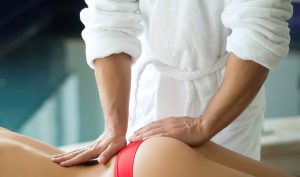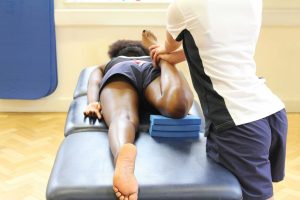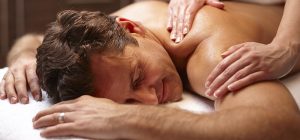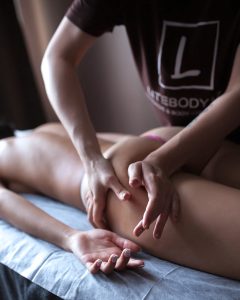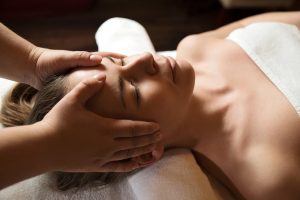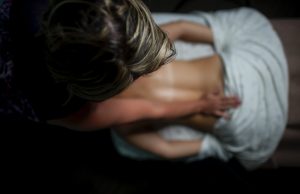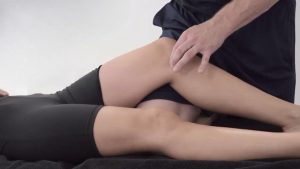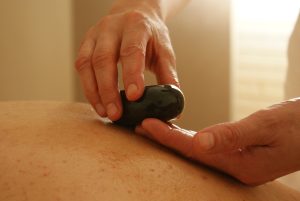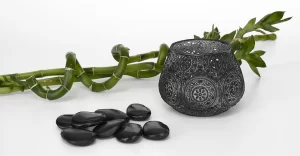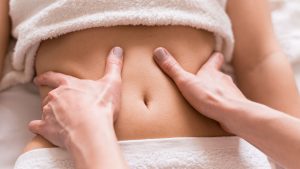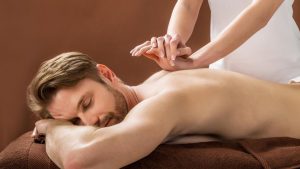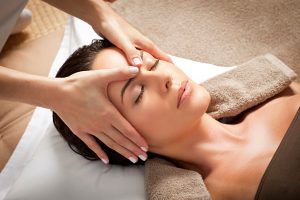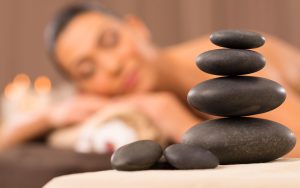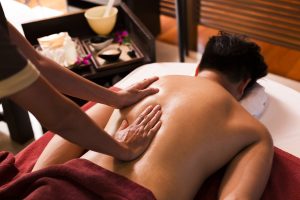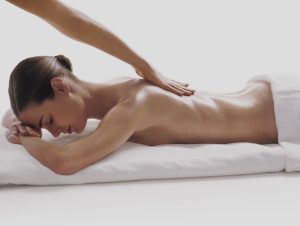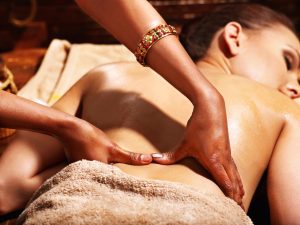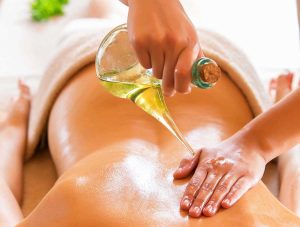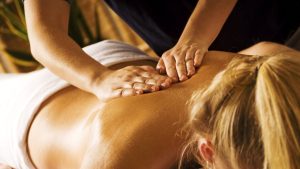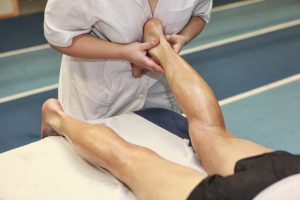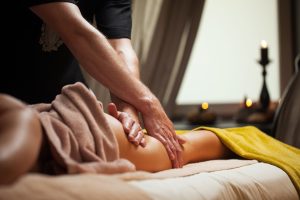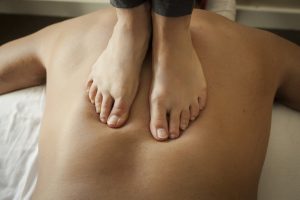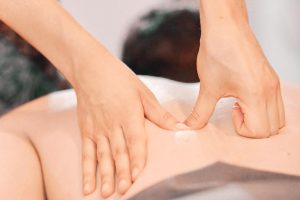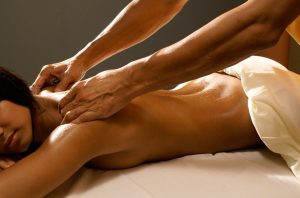Massage is a beneficial procedure that promotes muscle relaxation, improves circulation, and contributes to an overall sense of well-being. However, sometimes discomfort and pain may occur after a massage, raising questions and concerns. In this article, we will explore why pain arises after a massage and how to effectively address these sensations. We’ll learn about normal body reactions, strategies to prevent and alleviate pain, and when to seek medical attention. Let’s delve into making your massage experience as comfortable and health-promoting as possible.
Why Pain Occurs After a Massage
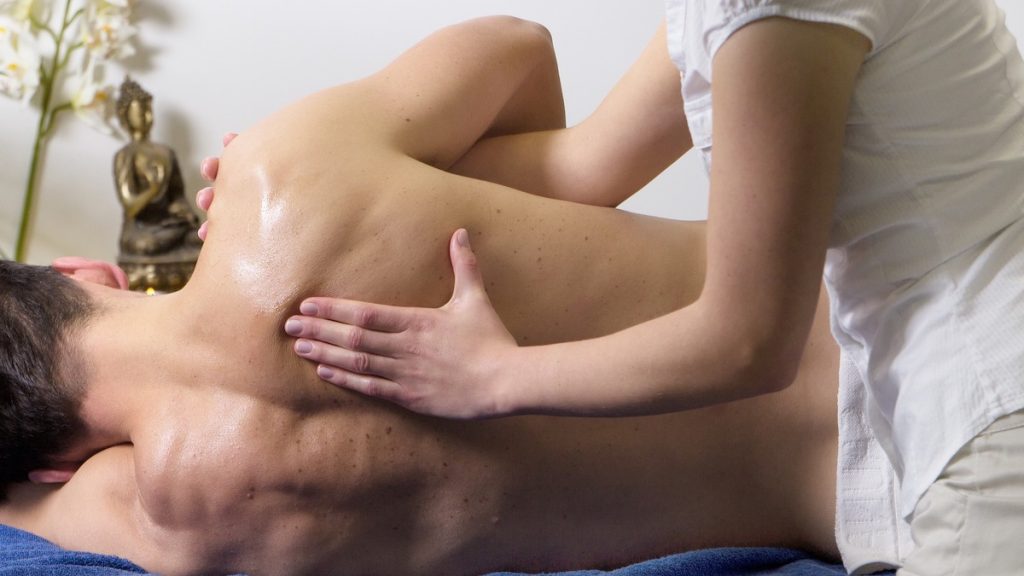

These sensations are typically part of the natural process of impacting the body. Let’s explore why pain may arise after a massage:
- Activation of various points on the body, causing temporary discomfort, especially if the muscles were tense.
- Increased blood flow can elevate pressure in the muscles, resulting in a sensation of heaviness.
- Stimulation of the release of toxins from the muscles, accompanied by temporary discomfort.
- Physical manipulation of soft tissues and muscles triggers the body’s response to this stress.
- If the procedure aims to reduce spasms or adapt tissues, it can also lead to brief discomfort.
- Individual reactions vary, as some individuals are more sensitive to physical interventions.
Normal Reactions to Massage


It’s important to distinguish between normal physiological responses to massage and potential issues. Let’s explore what reactions are considered normal:
- Increased blood flow can cause temporary redness of the skin.
- Enhanced lymphatic drainage may result in a sensation of warmth.
- Relaxation may lead to a desire to sleep.
- Some individuals feel an increase in energy associated with improved circulation.
- Muscles may feel more relaxed or, conversely, toned.
- Occurrence of emotional reactions, including improved mood or the release of emotions.
- Reduction in stress levels.
- Improved joint mobility.
- Occasional light-headedness due to changes in circulation.
Ways to Alleviate Pain
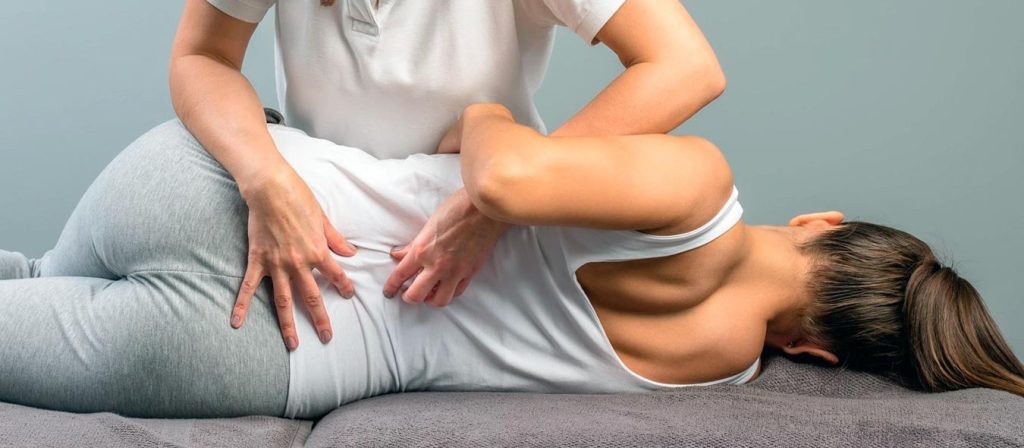

Understanding how to alleviate temporary pain after a massage plays a crucial role in maximizing the benefits of this therapeutic procedure. Here are several effective ways to ease discomfort:
- Use a warm or cold compress or indulge in a relaxing shower.
- Hydrate your body by drinking water to help flush out toxins that may impact the sensation of pain.
- Allow your body sufficient time for recovery by ensuring good sleep and rest.
- Perform gentle stretches or light exercises to improve circulation and muscle relaxation.
- If the pain persists, discuss your sensations with the massage therapist to receive the best recommendations.
- Refrain from intense physical activities for the first few hours after the massage.
- Try magnesium through magnesium baths or supplements to help relax muscles.
- Use aromatic oils or scented candles to create a tranquil atmosphere and enhance emotional well-being.
- Meditation and deep breathing practices can aid in relaxation and stress relief, influencing the perception of pain.
Using Soft Pillows and Support
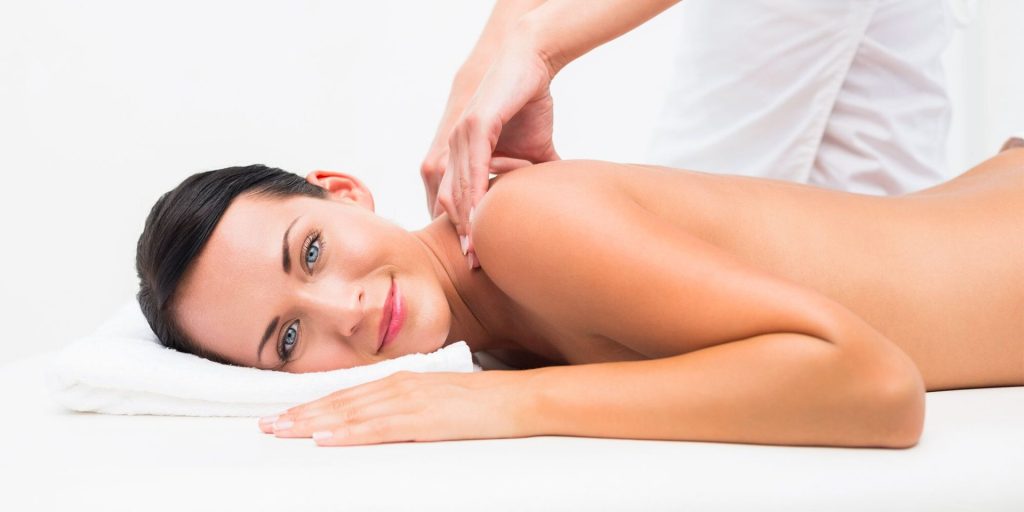

Using soft pillows and support after a massage helps enhance overall comfort and contributes to more effective recovery. Here are a few recommendations:
- Place soft pillows under your knees when lying on your back to reduce strain on the lower back.
- Position pillows under your neck to support it in its natural position.
- Put a soft support in the lumbar region if you feel discomfort in that area.
- If lying on your side, use support between your arms and elbows to align the spine.
- Place a soft cushion under your head if you prefer lying on your stomach.
- If there is swelling in the legs, use pillows under them to improve circulation.
- When sitting, use soft cushions to relieve pressure on the buttocks and lower back.
Natural Pain Relief Methods
Using natural methods can be an effective way to alleviate discomfort:
- Try herbal teas such as ginger or melissa.
- Mix honey with turmeric and consume this natural antioxidant to reduce inflammation.
- Use arnica extract for massaging affected areas.
- Massage with rosemary and black pepper oil can alleviate muscle pain.
Questions and Answers:
What causes soreness after a massage?
After a massage session, it is common to experience some soreness due to the techniques used by the massage therapist. Techniques such as deep tissue massage may help relieve muscle tension and provide pain relief, but they can also stimulate the muscles and reduce inflammation. This can cause the muscles to experience pain and discomfort post-massage.
How long does muscle soreness after a massage last?
Post-massage soreness can vary between individuals. It typically lasts for a few days, especially if it’s your first time or if the massage focuses on addressing specific areas of your body. To help alleviate the soreness, it is recommended to engage in cold therapy, drink plenty of water, and use a heating pad or take a bath with Epsom salts.
Can I experience soreness after a deep tissue massage?
Yes, deep-tissue massage techniques often target deeper layers of muscle and can result in soreness after a massage. It’s normal to feel sore or experience pain after a deep tissue session, particularly if you have muscle tension or chronic pain.
What are the benefits of massage treatment for soreness?
Various types of massage can help relieve soreness and reduce pain. Whether it’s a Swedish massage for overall relaxation or a sports massage to address specific muscle groups, massage can help with pain relief and muscle soreness. It’s important to communicate your areas of pain and discomfort to the massage therapist for targeted treatment.
Why is Post-Massage Aftercare Necessary?
Post-massage aftercare helps enhance the effects of the massage and ensures complete recovery.
Why is it important to avoid stressful situations in post-massage care?
Stress can undermine the positive effects of the massage; relaxation is crucial for full recovery.













![11 Best Alternatives to Bedpage: Your Ultimate Guide [March 2024]](https://massage.dating/wp-content/uploads/2024/03/Best-Alternatives-to-Bedpage-300x200.jpg)














